Foreign language testing and certification are more stringent.
Circular 16 of the Ministry of Education and Training on joint organization of foreign language proficiency exams will officially take effect from October 12. This education policy has stricter regulations on the value and legality of foreign language certificates.
The Circular applies to examination organizations in Vietnam, foreign language proficiency assessment organizations, and organizations and individuals involved in joint activities of organizing foreign language proficiency certification exams in Vietnam.
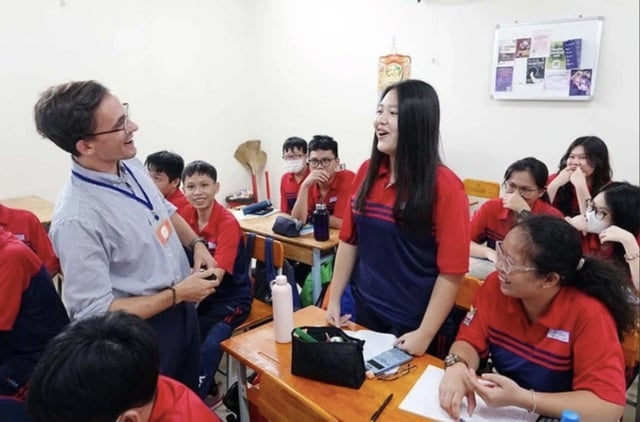
Circular stipulates that the Vietnamese party (affiliated unit) must take primary responsibility for organizing foreign language certification exams.
PHOTO: DAO NGOC THACH
Compared to the old circular issued in 2022, the circular stipulates that the Vietnamese party (affiliated unit) must take primary responsibility for organizing the exam. Specifically, it must be responsible for organizing the exam and supervising and inspecting the exam organization process at approved exam locations to ensure safety, quality, seriousness and objectivity.
The Vietnamese side must also be responsible for receiving and handling problems related to certificates and test takers; and feedback and recommendations related to the organization of exams and issuance of certificates.
The parties involved must ensure the right to protect the personal data of candidates and exam organizers. Absolutely do not disclose or leak; do not use the biometric data of candidates for purposes other than preventing cheating or taking exams for others.
The Circular also stipulates the responsibilities of the Ministry of Education and Training, People's Committees of provinces and cities in managing joint activities to organize foreign language proficiency exams within the prescribed scope.
Meanwhile, the Departments of Education and Training are responsible for advising the People's Committees of provinces and cities in managing and inspecting the activities of organizing foreign language proficiency certification exams in the area, and handling violations (if any).
The highest form of discipline for students: writing a self-criticism
Circular No. 19 of the Ministry of Education and Training regulating rewards and discipline for students took effect from October 31, replacing Circular No. 08 from 1988, completely eliminating the disciplinary form of expulsion and warning students in front of the whole school.
According to Circular 19, discipline aims to prevent, stop and handle student violations, and at the same time educate and help students self-aware of violations; self-regulate behavior, overcome consequences, self-cultivate, practice to progress and form disciplined habits and lifestyles.
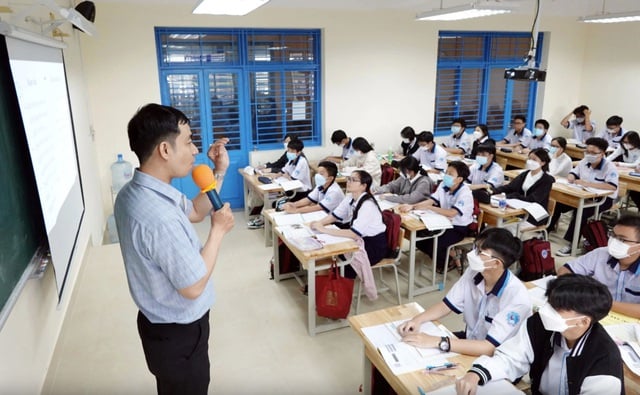
Under the new education policy, students who violate the law will no longer be subject to disciplinary action such as warnings or expulsion.
ILLUSTRATION: DAO NGOC THACH
Disciplinary measures for primary school students include only two forms: warning and request for apology (in cases where the violation continues after being warned).
While for students at higher levels, there are 3 forms: reminder, criticism and writing self-criticism.
The above 3 forms correspond to 3 levels of violations: level 1 is a violation that has harmful effects on the student himself; level 2 is a violation that has negative effects within the group or class; level 3 is a violation that has negative effects within the school.
Meanwhile, in Circular 08, there are 5 levels of discipline including reprimand in front of the class, reprimand before the school disciplinary council, warning in front of the whole school, expulsion for one week and the highest form is expulsion for one year.
Thus, in the new circular, writing a self-criticism is the highest form of discipline. This measure is applied to students who have been disciplined with criticism but continue to commit violations at level 2; students who commit violations at level 3.
The student's self-assessment report has the family's confirmation and commitment to the school in coordinating management, education, and supporting students to become aware, learn from experience, and overcome the consequences for individuals and groups where the student has made mistakes; and is kept in the school's records.
Regarding student rewards, there are forms such as commendation in front of the class; commendation in front of the whole school; certificates of merit from the principal; letters of merit and other forms of commendation and rewards...
Every school must have a school counseling room.
Also effective on October 31, Circular 18 providing guidance on school counseling and social work in schools has clear regulations on counseling and supporting learners in general education, specialized education, vocational education and university education.
The goal of this work is to improve learners' capacity in preventing, identifying difficulties, solving and seeking appropriate assistance to overcome difficulties in learning, psychology and social relationships. In addition, practicing life skills, improving physical and mental health; forming appropriate attitudes in social relationships...
The content of school counseling and social work includes counseling and support for learners on issues related to study, gender, social relationships; psychology; life skills; career guidance, employment, entrepreneurship; policies, laws; and social work services.
For general education institutions and specialized schools, it is necessary to establish a school counseling and social work team/department including representatives of school leaders, homeroom teachers, teachers working in the Youth Union and Pioneers, school health workers, and parents' representatives.
Vocational education, university education and continuing education institutions must also establish implementation teams/departments and arrange focal personnel.
Schools at all levels from primary to university must arrange School Counseling and Social Work rooms that ensure privacy, quietness, easy access and suitability for organizing counseling and support activities.
In addition, educational institutions must set up an information reception system including suggestion boxes, hotlines, through administrators, teachers, staff, and lecturers. In addition, there are direct or online information channels...
Source: https://thanhnien.vn/tu-thang-10-viet-nam-thuc-hien-3-chinh-sach-giao-duc-moi-185250930144909572.htm





![[Photo] Binh Trieu 1 Bridge has been completed, raised by 1.1m, and will open to traffic at the end of November.](https://vphoto.vietnam.vn/thumb/1200x675/vietnam/resource/IMAGE/2025/10/2/a6549e2a3b5848a1ba76a1ded6141fae)


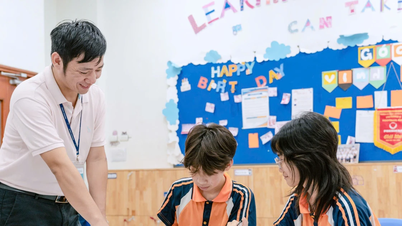








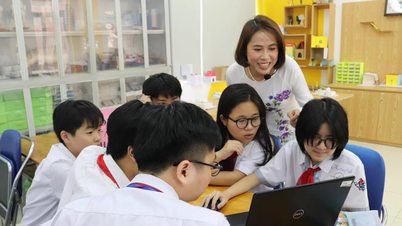
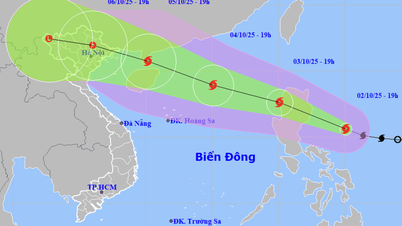
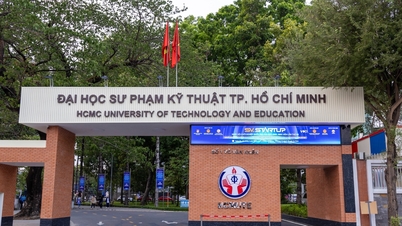

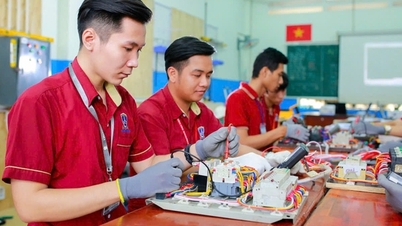


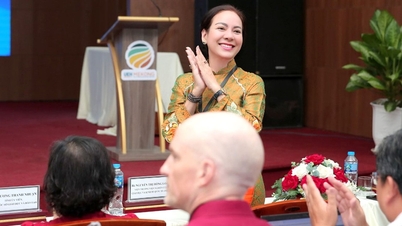









































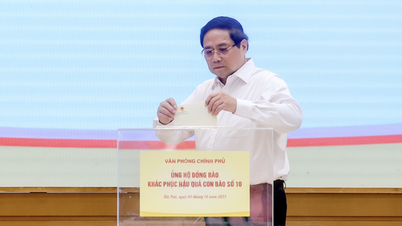










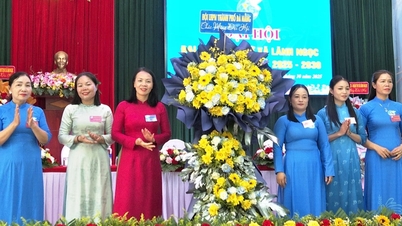

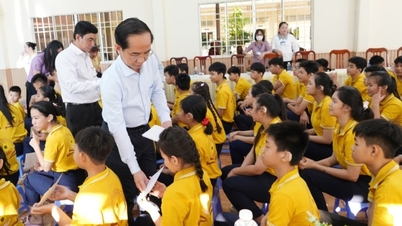




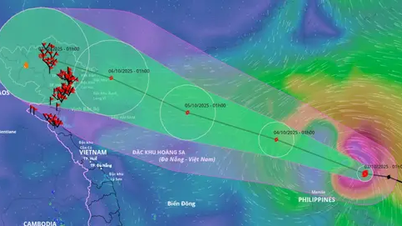















Comment (0)